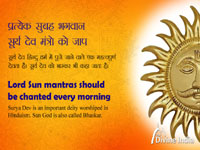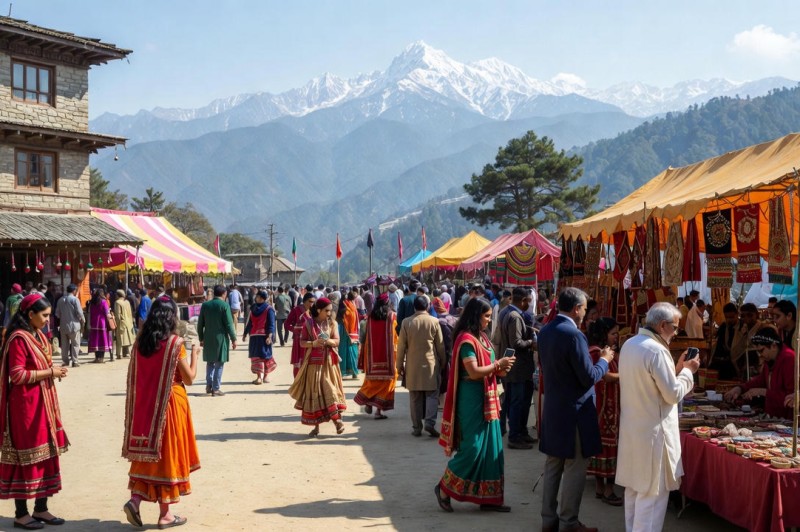

Jagadīśa sudhīśa bhāvēśa vibhō paramēśa parātpara putra:.
Praṇatam patitam hatabud'dhibalam janatāraṇa taraya tāpitakam..
Guṇahīnasudīnamalīnamatiṁ tvayi pātari dātari cāparatim.
Tamasā rajasāvr̥ttivr̥ttimaṁ. Jana. ..2..
Mama jīvanamīnamimaṁ patitaṁ marūghōrabhuvīha suvīhamahō.
Karuṇābdhicalōrmijalāyanaṁ. ..3..
Bhavaraṇa kāraṇa karmatau bhavasindhujalē śivamagnamata: .
Karuṇāca samarpya tariṁn̄ja tvaritaṁ. Jana. ..4..
Atināśya janarma puṇyarucē dūritaughabharai pūrṇabhuva: .
Sujaghaṇyamagaṇyamapuṇyaruciṁ. Jana. ..5..
Bhavakāraka nārakahāraka hē bhavatāraka pātadāraka hē.
Hara śaṅkara kiṅkarmacayaṁ. Jana. ..6..
Tr̥ṣitaściramasmi sudhāṁ hita mē̕cyuta cinmaya dēhi vadān'yavara.
Atimōhavaśēna vinaṣṭakr̥taṁ. Jana. ..7..
Praṇamāmi namāmi namāmi bhavaṁ bhavajanmakr̥tīpraṇiṣūdanakam.
Guṇahīnamanantamitaṁ śaraṇa. Jana. ..8..
The Parmeshwar Stotra is a prayer that venerates the ultimate God. While it occasionally references Lord Shiva and Lord Vishnu in its verses, its true purpose is to connect with a God who transcends any confined descriptions. This stotra is known for its melodious nature and is sourced from the Stotra Rathnavali.
In the Parmeshwar Stotra, there are fervent prayers addressing the Lord of the universe, the guardian of virtuous souls, the source of all existence, the supreme being, and the original deity. The stotra beseeches this profoundly divine and compassionate entity, often referred to as the Father, to watch over and assist those who lack wisdom and strength in navigating the treacherous journey of life.
Additionally, the stotra implores the God who aids individuals in overcoming the challenges of life to assist those who are troubled and tormented, even if they possess impure thoughts and egotistical personalities. These supplications are offered to the Almighty, despite feeling far removed from His protective and benevolent gaze.
This hymn of praise is dedicated to Lord Mahesvara, who shares an inseparable companionship with Uma, symbolizing his divine energy. The unity between Shakti and Shaktiman is depicted in an anthropomorphic form as Ardhanarisvara in temples, highlighting their eternal and indivisible connection. This divine relationship is beautifully compared to the timeless companionship of Parvati and Parameshwara, as eloquently expressed by the poet Kalidasa in his song of invocation in Raghuvamsa. This concept reflects the inseparability of the word and its meaning, a truth also acknowledged by the grammarian Katyayan in his first varttika.